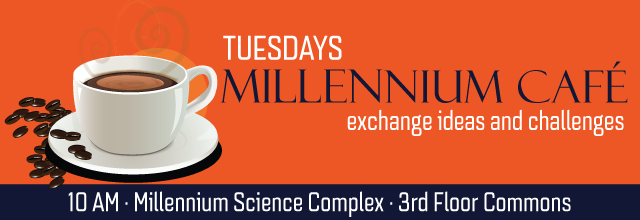
Practical applications of the next-generation stretchable electronics hinge on the integration of low-cost, scalable sustained power supplies with highly sensitive on-skin sensors and wireless transmission modules. This talk presents the challenges, design strategies, and novel fabrication processes behind a potential standalone stretchable device platform that (a) integrates with 3D curvilinear dynamically changing surfaces, and (b) dissolves completely after its effective operation. The resulting device platform creates application opportunities in fundamental biomedical research, disease diagnostic confirmation, healthy aging, human-machine collaboration, and smart Internet of things.
